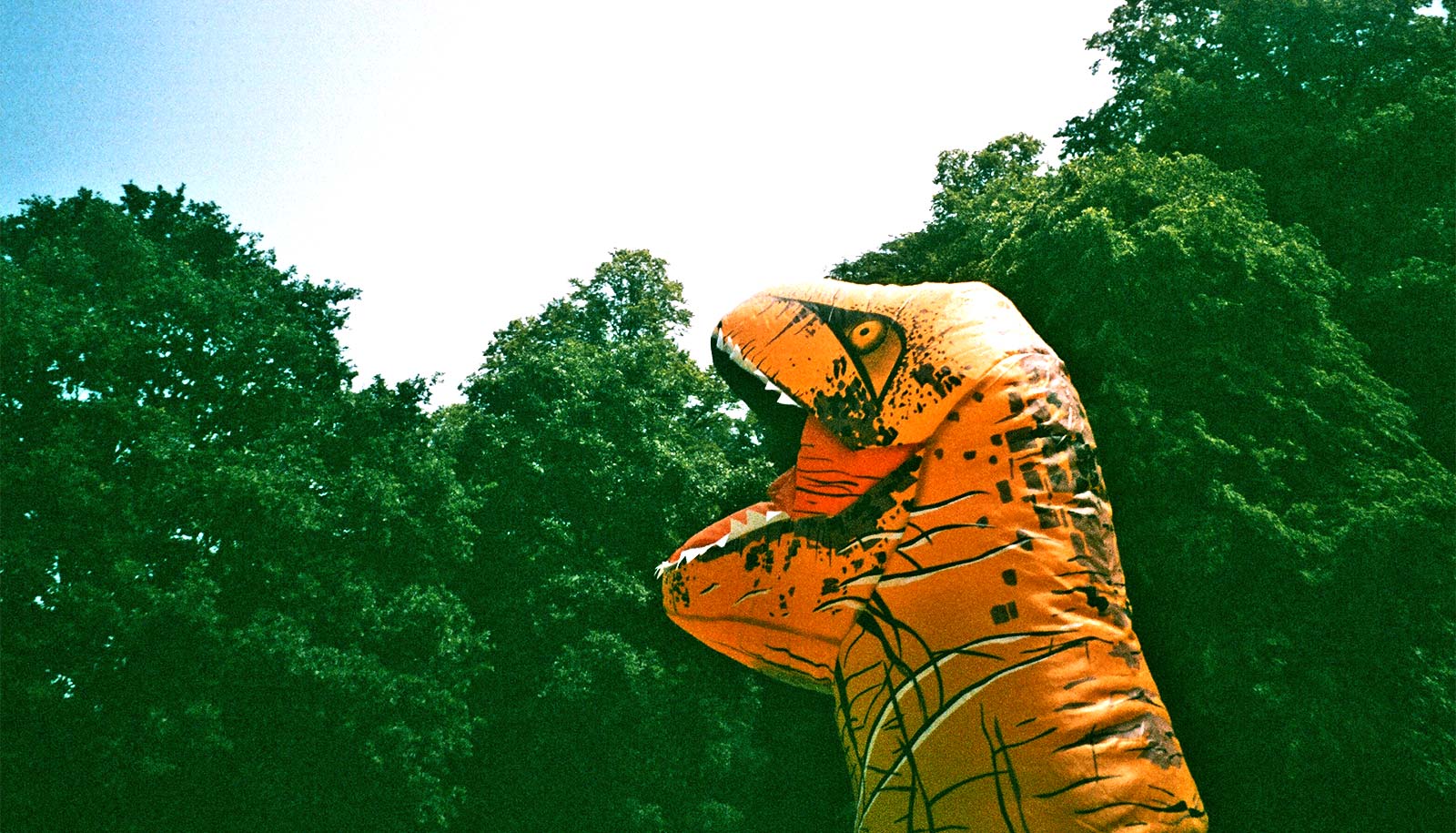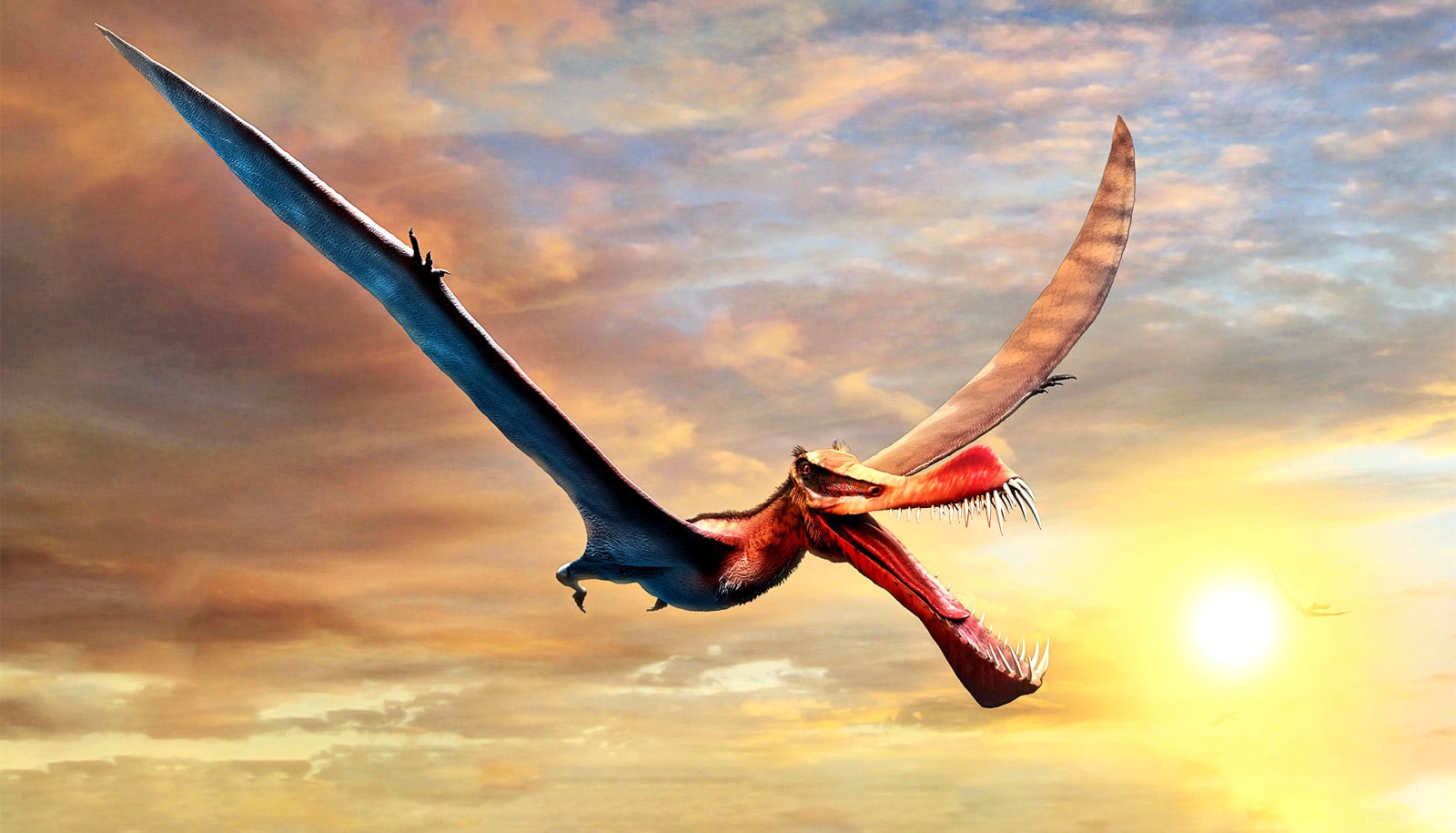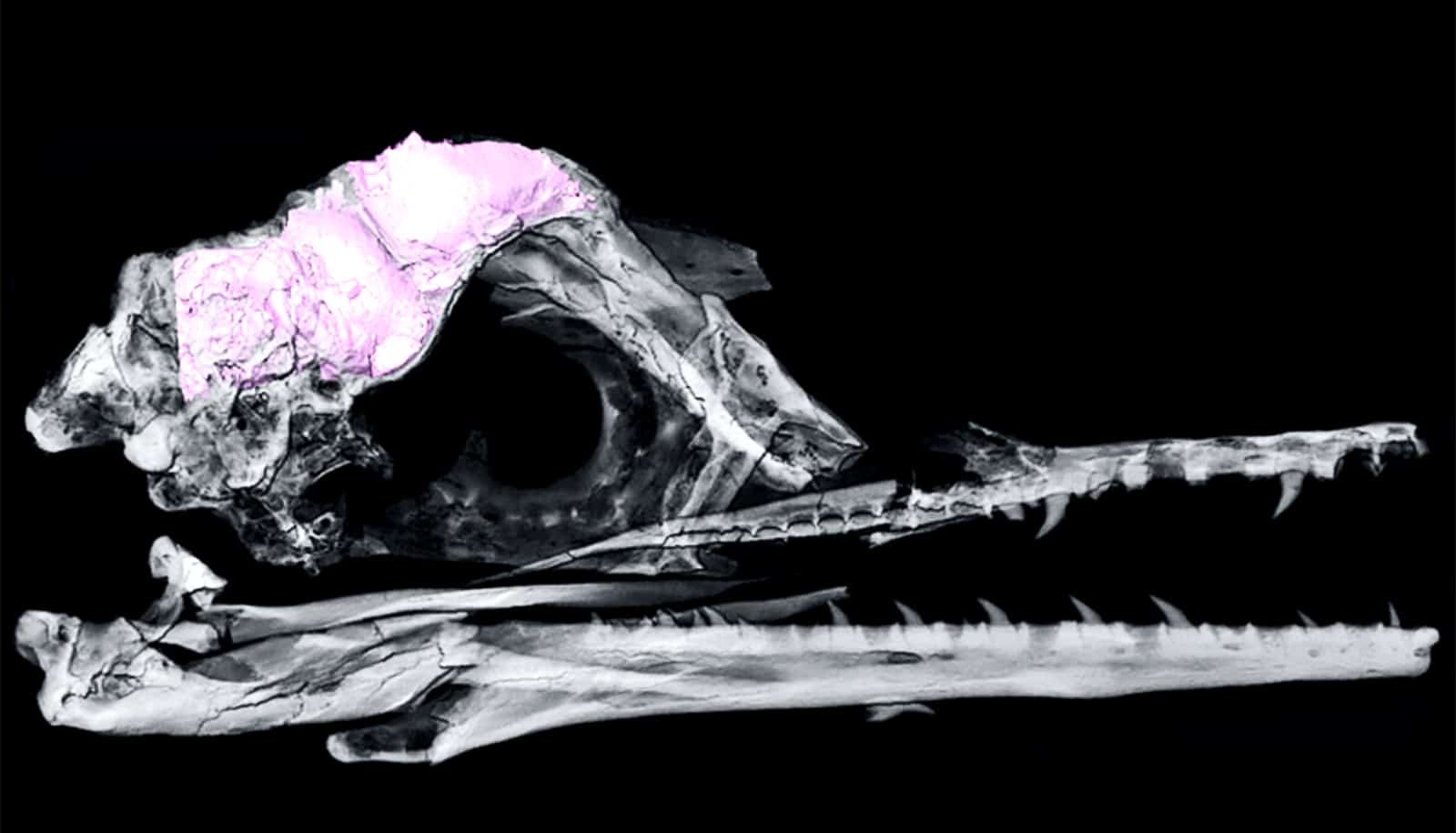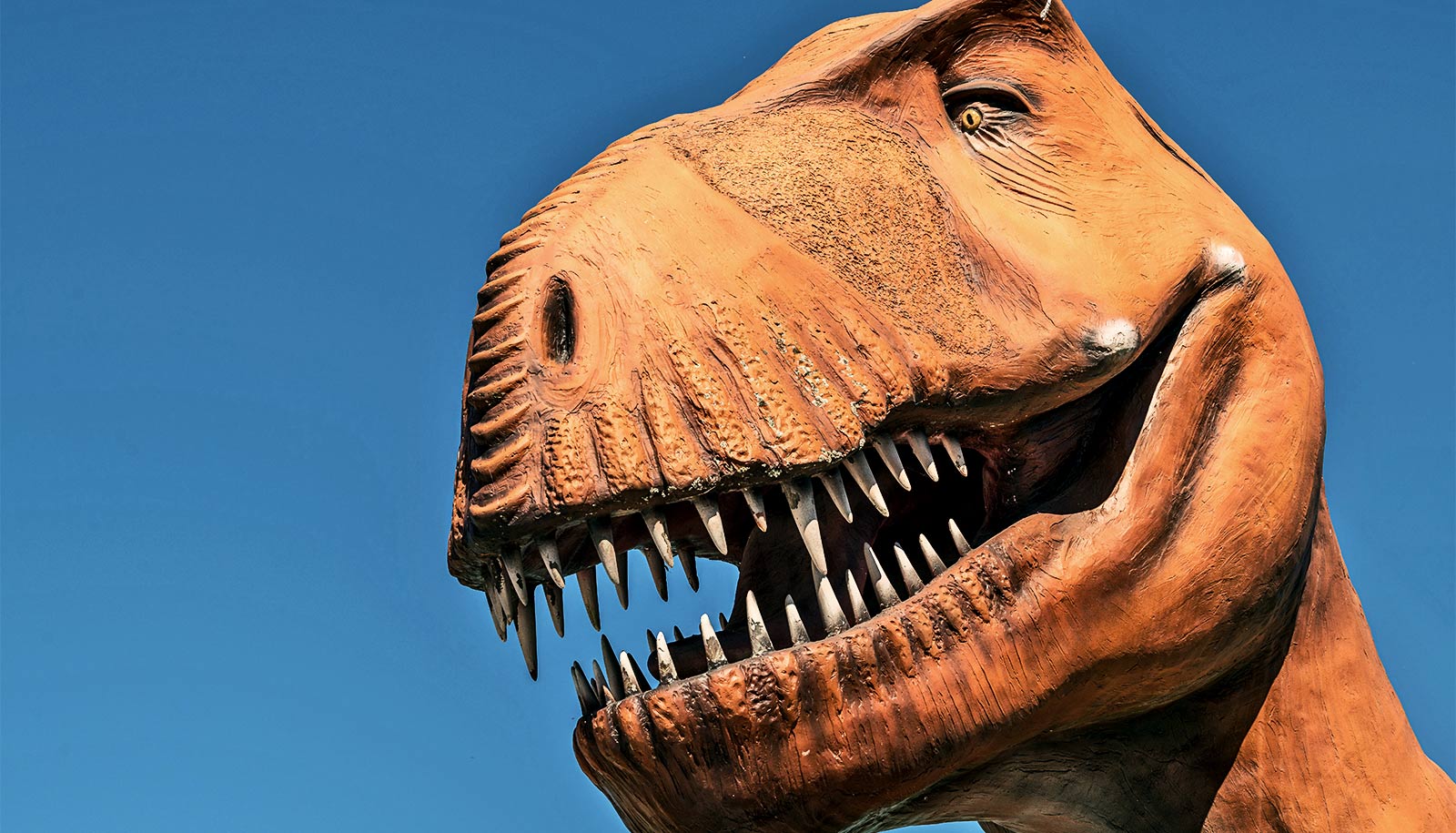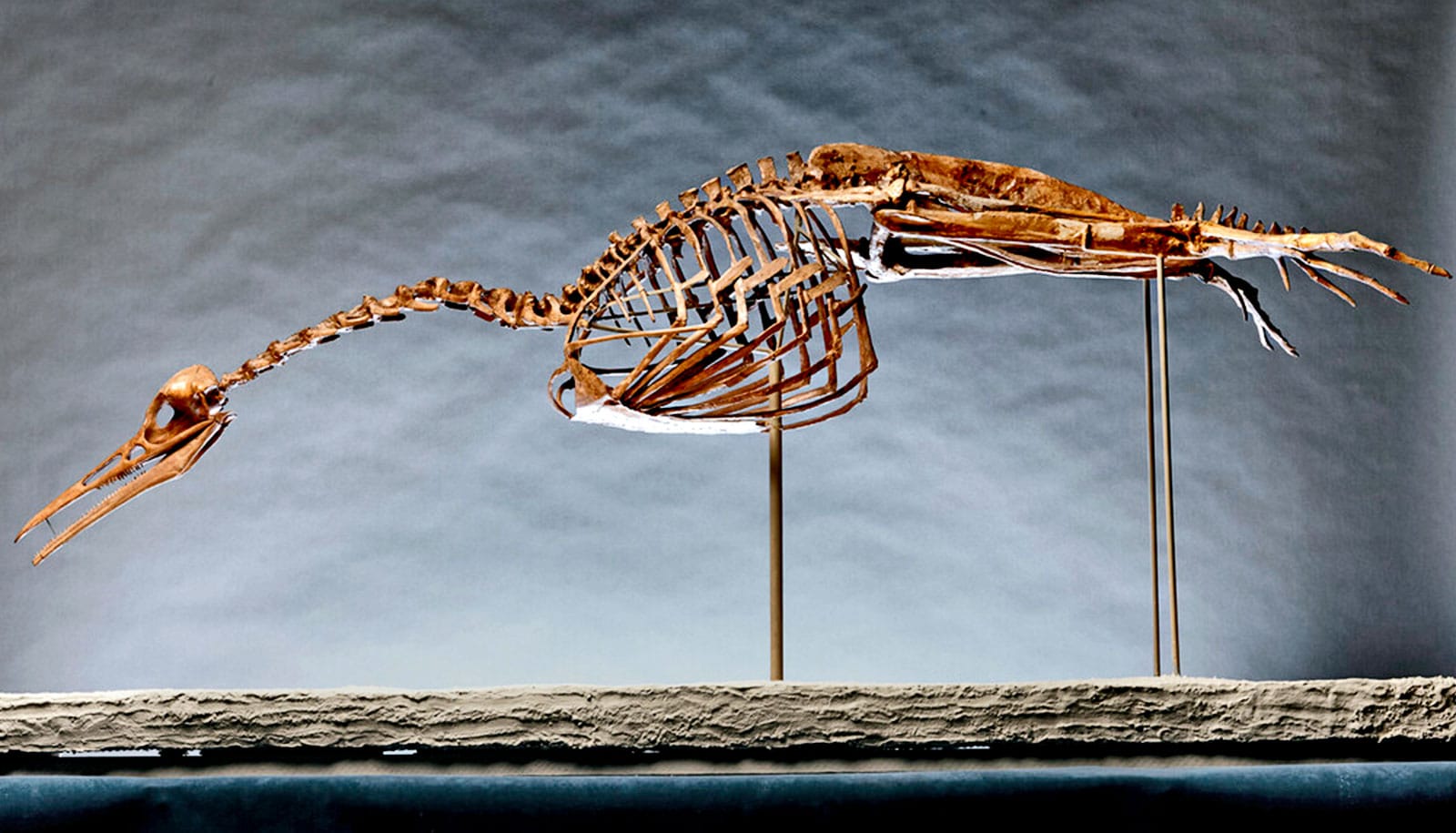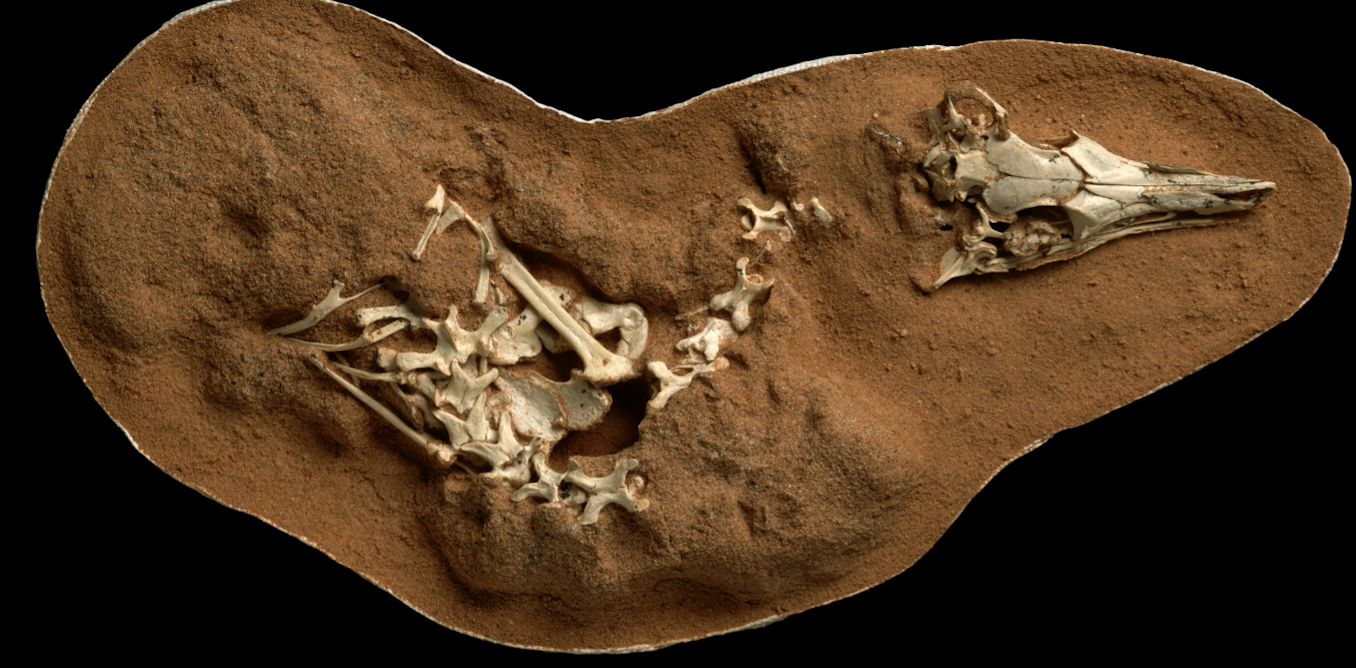A social species? Newly discovered fossils show early dinosaurs lived in herds
The complex social behaviour in early dinosaurs observed in a new study lines up with other fossil evidence that dinosaurs were more bird-like than crocodilian-like.
Oct. 21, 2021 • ~7 min



